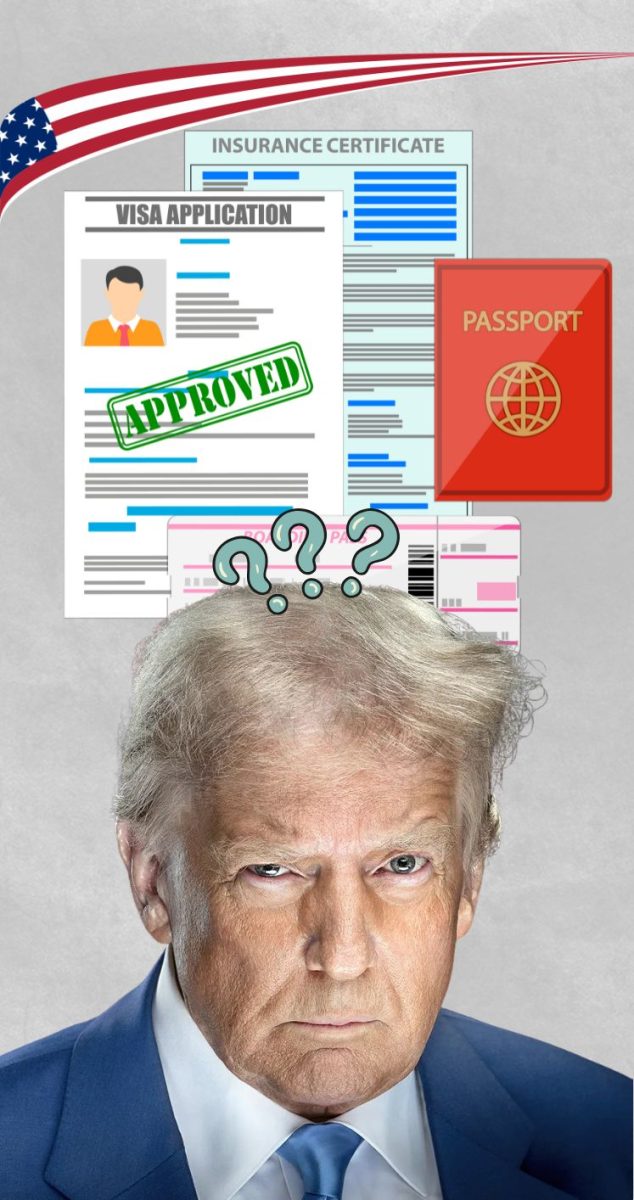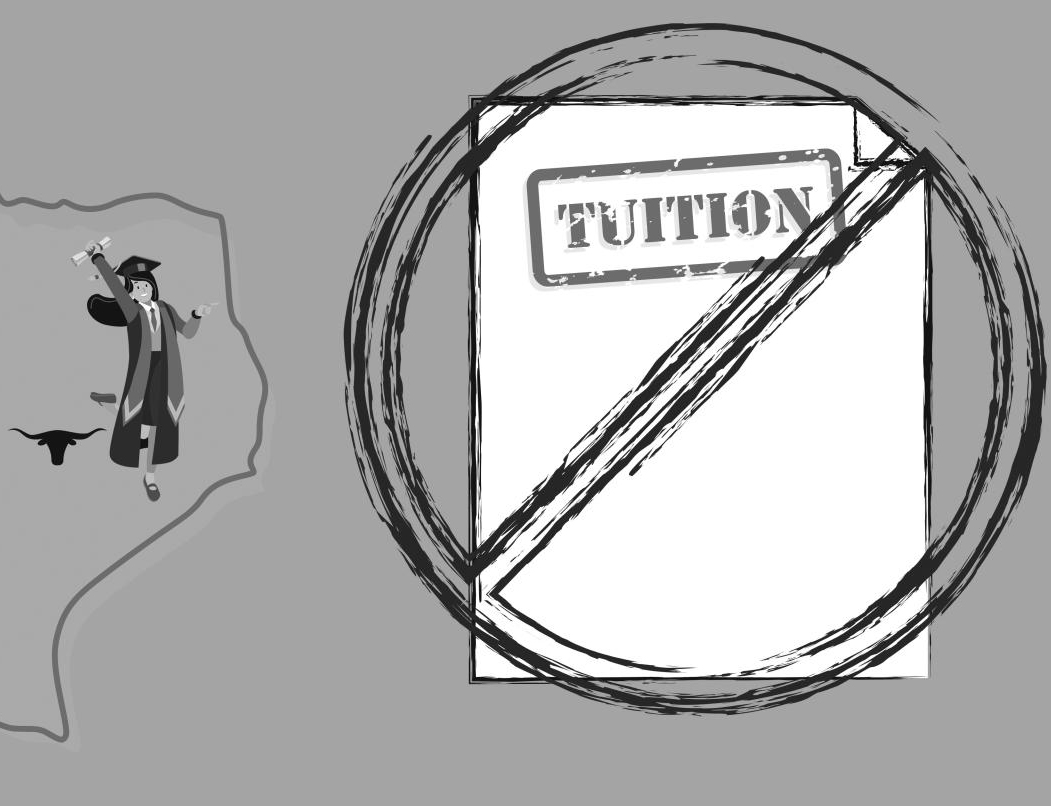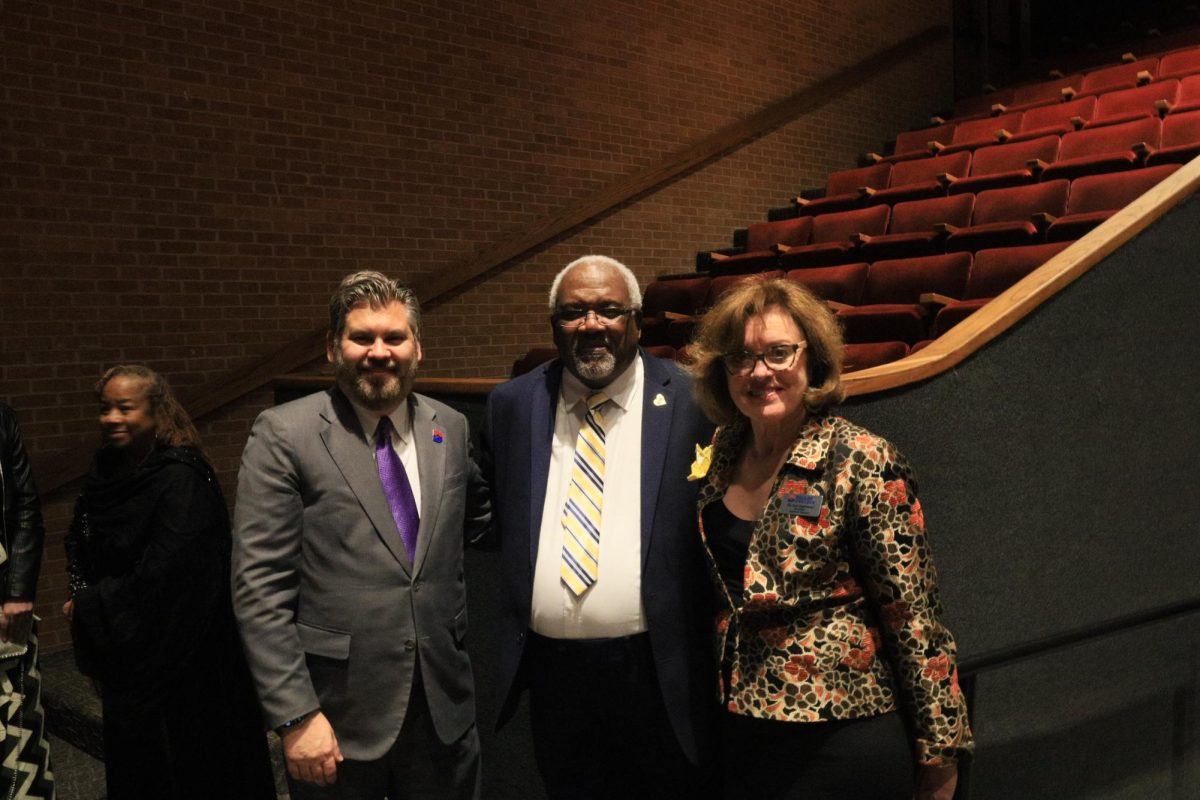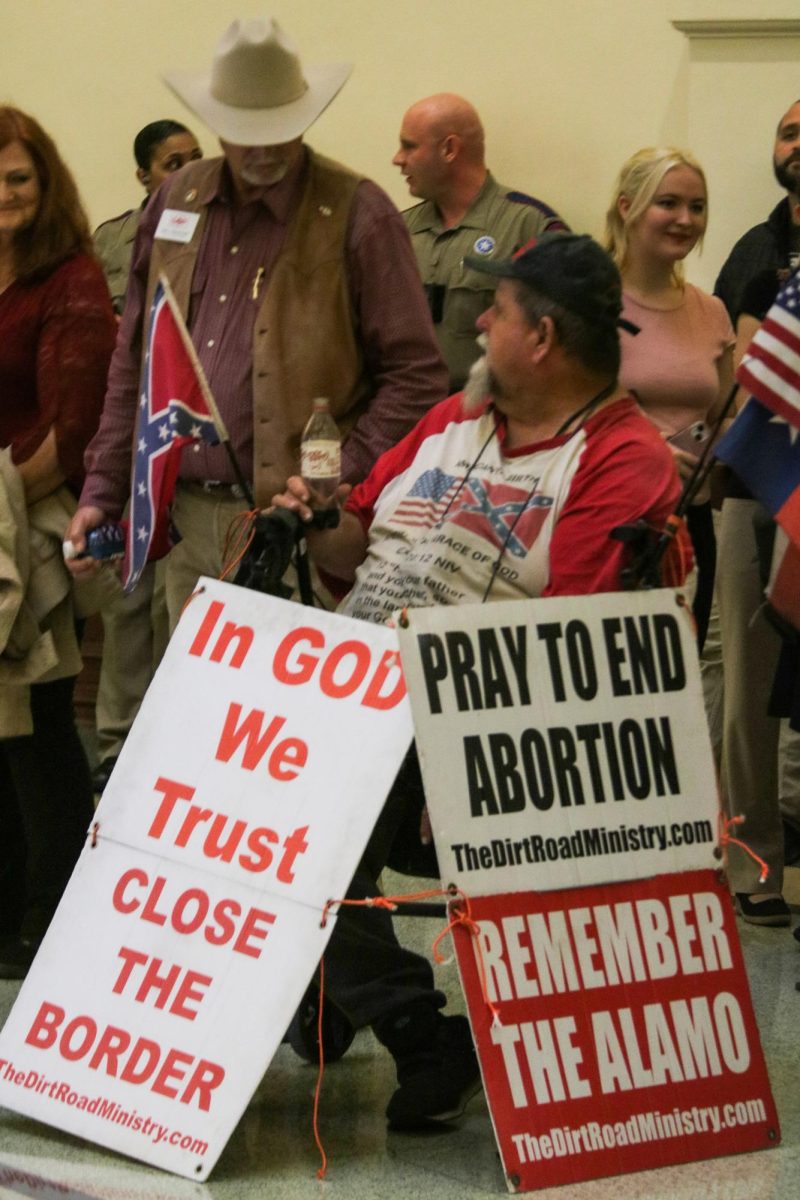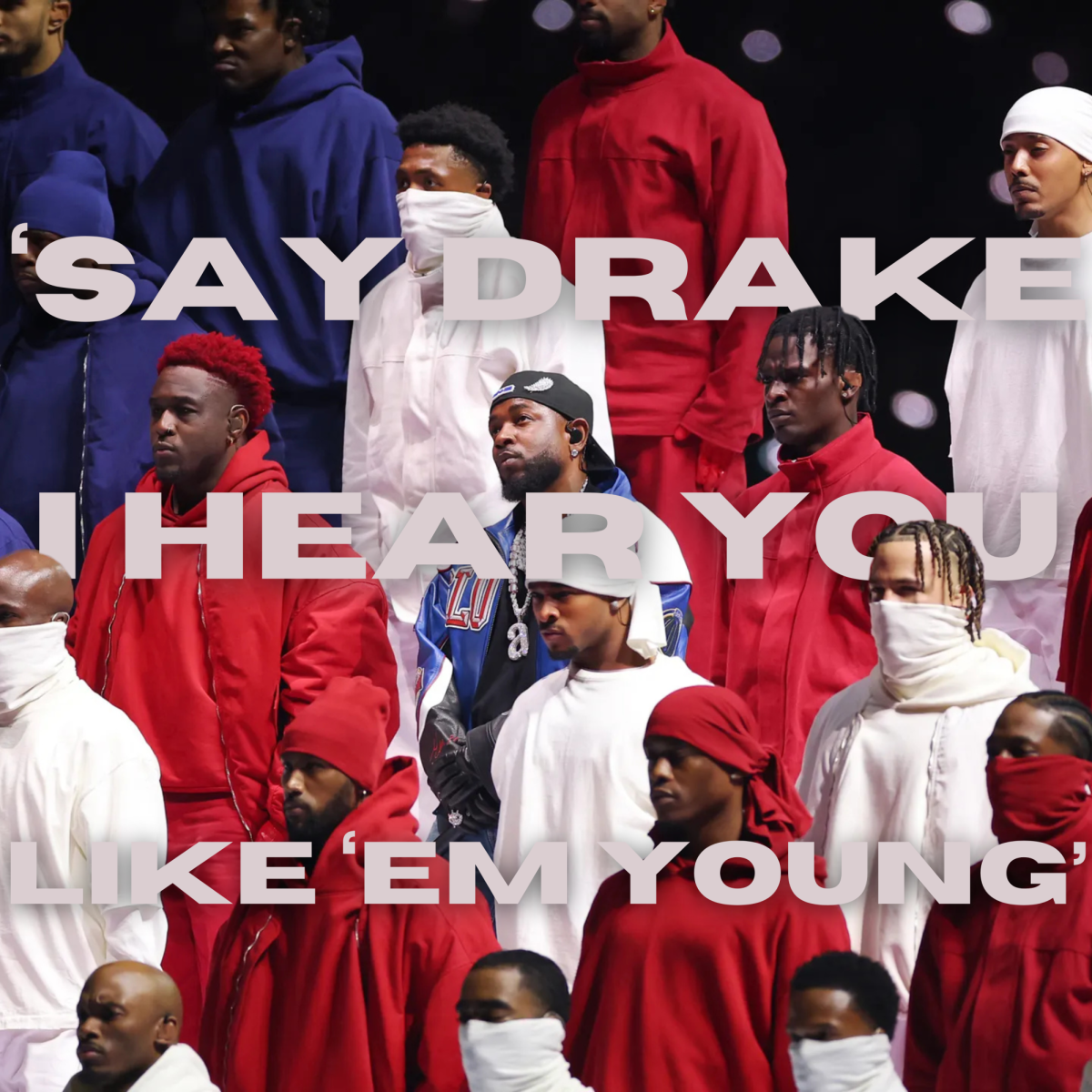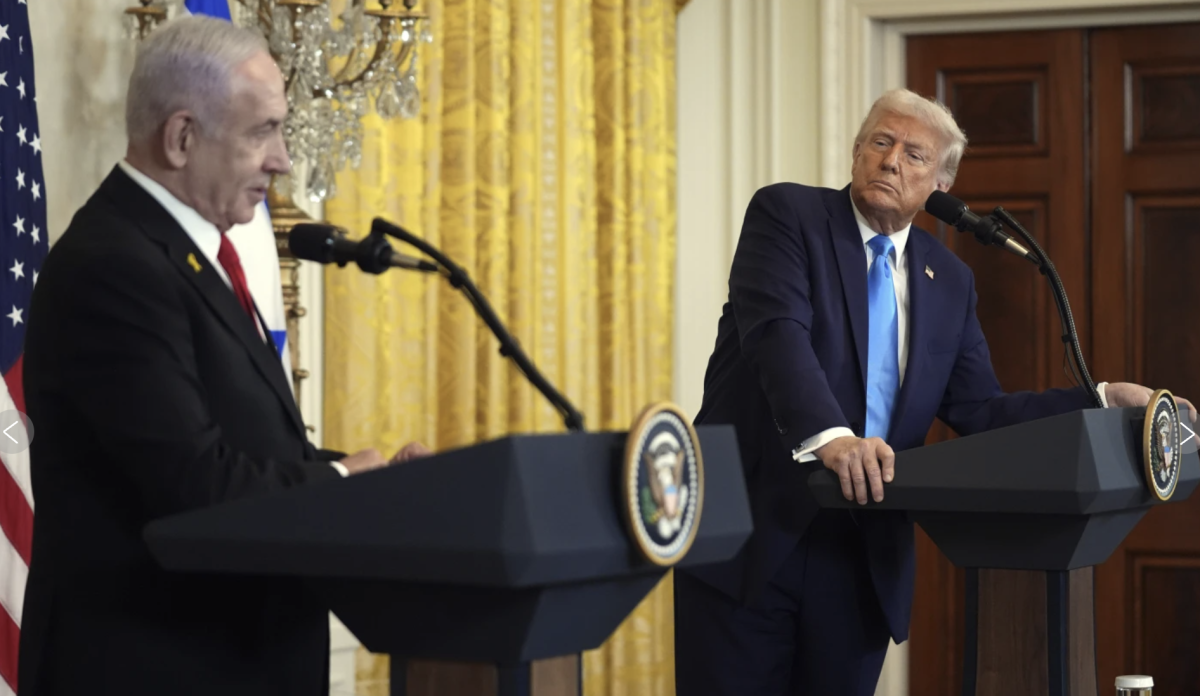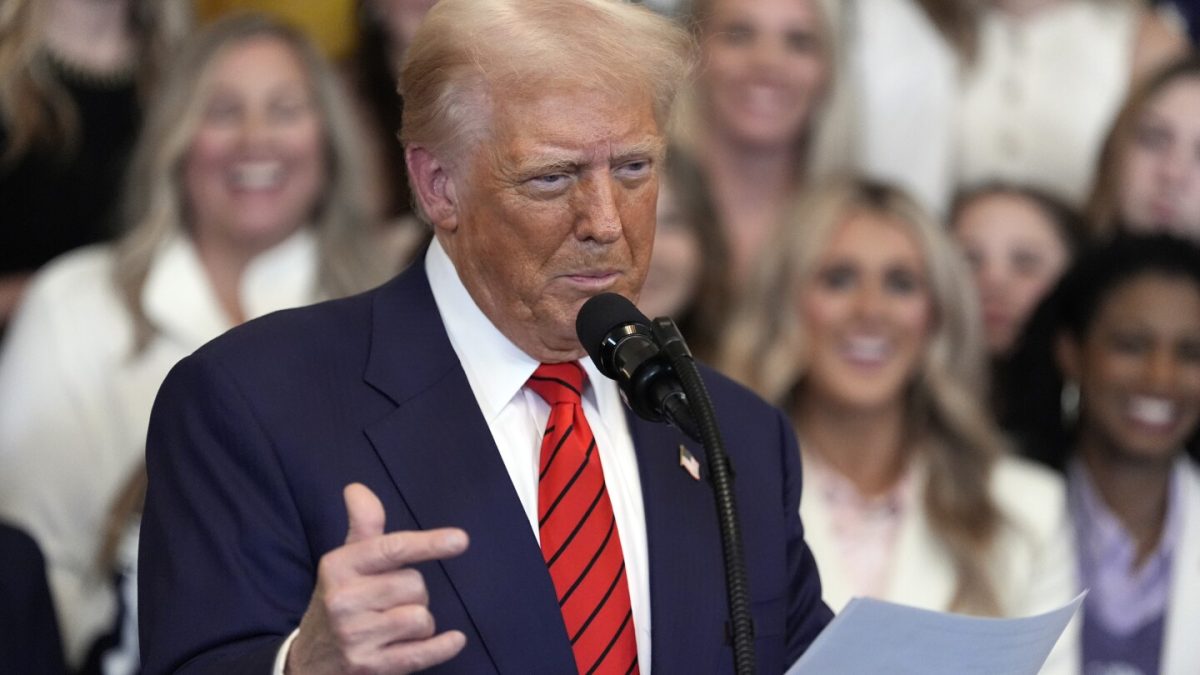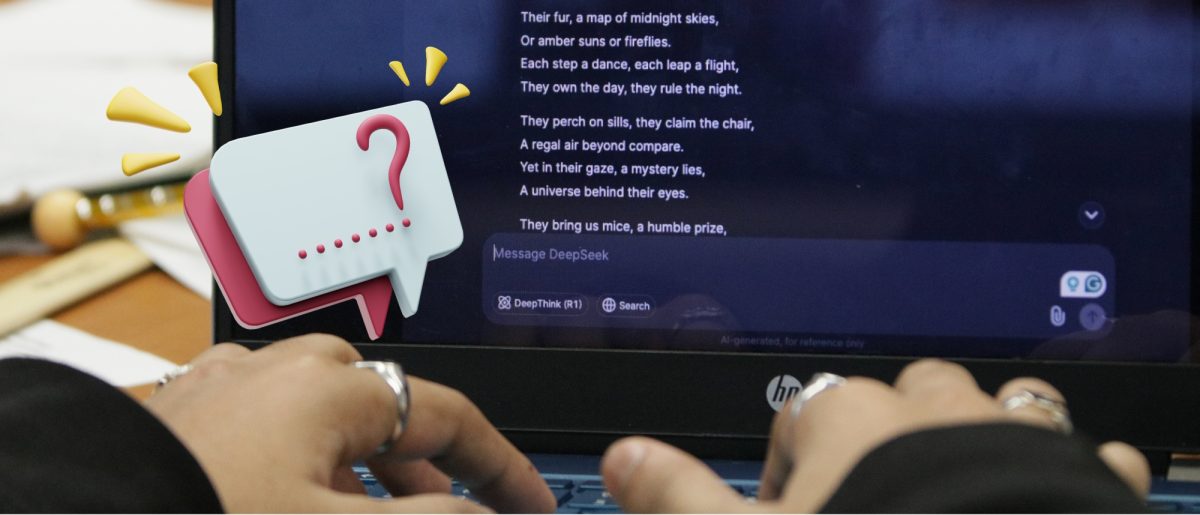On Nov. 3, Donald Trump won his second non-consecutive term as president, and in the process, carried Texas by 13.7 percentage points, winning the state by 8 points more than in 2020. The reason for this big shift is huge improvement with Hispanic and Asian voters compared to 2020.
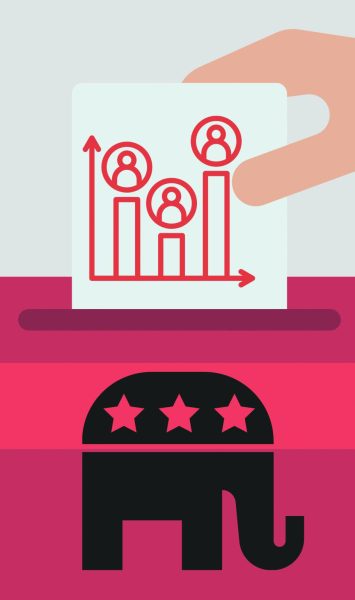
According to CNN exit polls, Trump won 55% of Hispanics in the state. He also won 55% of Asians compared to 2020, when Presidet Biden won Hispanics 58% compared to Trump’s 41% and Asians 63% to Trump’s 30%. This is a 28-point shift with Hispanics for Trump and an even bigger 46 point shift with Asians compared to 2020.
This data is apparent when you see how most Hispanic majority counties in Texas voted. Trump won the state’s and the country’s most Hispanic county, Starr County, which is 97% Hispanic. He won the county by 16 points which was a 21-point shift from 2020. He won all of the Texas-Mexico border counties with the expectation of El Paso County, which even shifted 20 points in Trump’s favor, becoming the first Republican to get more than 40% in the county since George W. Bush in 2004.
These shifts happened in all of Texas major metro area population centers with large Hispanic populations. Dallas County shifted 9.5 points to Trump. Bexar County, home of San Antonio, shifted 8.4 points, Harris County (Houston) shifted 7.7 points, the most Hispanic metro area of McAllen shifted 20 points toward Trump, flipping it to Trump by %. Mark Sanchez, a Latino student at Richland, weighed in about why he thought Trump did so well with Latinos.
“I think it’s probably because of the economy you know, and they saw the growing grocery prices and that really turned them off. Also many Hispanics are usually socially conservative and I think the Democrats’ take on abortion and LGBTQ issues turned some of them off so that’s why I think they swung so hard for him.”
Jeffery Fortney, a U.S. history professor at Richland weighed on what he thought about the shifts in Texas Fortney said: “There’s a lot of really good theories. Any one of them could be true. “All of them could be partially true, and they all could be partially wrong. Like, this is where I’m skeptical of anyone who’s weighing in with absolute certainty. The post-mortem is going on right now, and anyone who comes into it saying, I’m certain of this, I think is putting their finger on a scale and is going to interfere with finding out the truth. So, I mean, the different theories could be the immigration issue play. … The different theories could be that when it came down to it, high-minded ideals like saving democracy didn’t connect nearly as much as pocketbook issues, as people have noticed that things are more expensive, and that’s as far as they got. It could be any number of other theories. So, my simple answer is, I don’t know, but I’ve got some ideas, and further research is needed to know for sure.”
When asked if he thought the coalition was permanent, he said : “Things have shifted, but the Democrats still have an opportunity. They’ve definitely shifted, but I don’t think that they’ve solidified because, I mean, Trump says he’s never running again. And the thing that has been true for the past eight years now, that Trump’s coattails don’t carry on to others. Others who try to follow his pattern electorally end up getting beaten. I mean, you’ve had many Trump candidates, and they often lose. And so, oh, I mean, we could go up and down the list of the surprising.” He also said it depends on the state of the economy. “But a lot of it’s also going to be the factors of the next two years.”
“If the U.S. hits a major recession, if unemployment skyrockets, if tariffs in place cause massive inflation, then I think there’s going to be a lot of the same people who if it’s true that people switch their vote over the economy, over prices, there’s going to be people with buyer’s regret, as there have been the last two times that Trump ran. And I think the Democrats could seize that moment and seize back some of those voters.”

